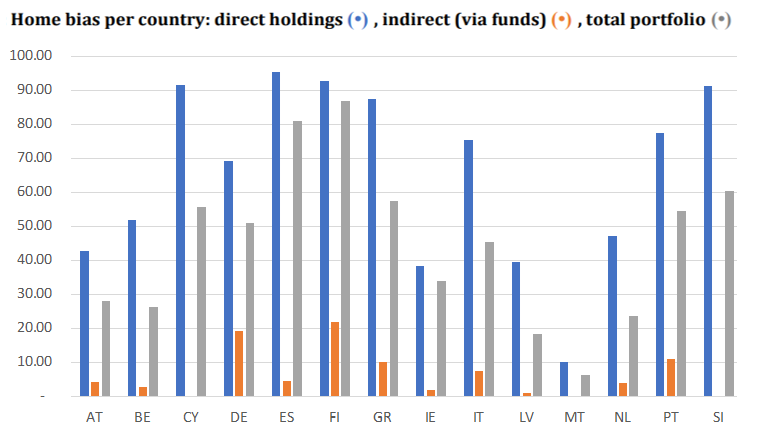Piet Sercu is Professor of International Finance at KU Leuven. He holds the degrees of Business Engineer, Master of Business Administration, and Doctor in Applied Economics from KU Leuven. He also taught at the Flemish Business School in Brussels and held visiting-faculty appointments at New York University, Cornell University, the University of British Columbia, London Business School, the Université Libre de Bruxelles, TIAS-NIMBAS (Utrecht), and KU’s sister university in Louvain-la-Neuve, Université Catholique de Louvain. His early research focused on International Asset Pricing with real exchange risk and inflation risk. He also did some work on corporate take-over models and lending but has recently returned to international finance and hedging. He has published in the Journal of Finance, Review of Finance, Journal of Banking and Finance, Journal of International Money and Finance, European Economic Review, Journal of Empirical Finance, Journal of Business Finance and Accounting, and many other journals. He is a member of the standing reading committees for WFA, EFA, EFMA and WFC. Jointly with Raman Uppal, LBS, he won the 1995 Sanwa Prize for a monograph, International Finance, Exchange Rate Volatility, Trade, and Capital Flows under Alternative Currency Regimes, published by Cambridge University Press in 2000 and 2006. In 2010 he won two more best-paper awards, related to Risk Management and Corporate Governance, respectively. Sercu and Uppal have also produced International Financial Markets and The Firm (International Thomson Publishers, Cincinnati-London, 1995), the forerunner Piet’s 2009 solo book, International Finance, Theory to Practice (Princeton University Press). On and off, he works on a text on Asset Pricing. Emeritus `in pay only’ since October 2016, he continues teaching and research much as before, and works on/off on a new edition of International Finance.







